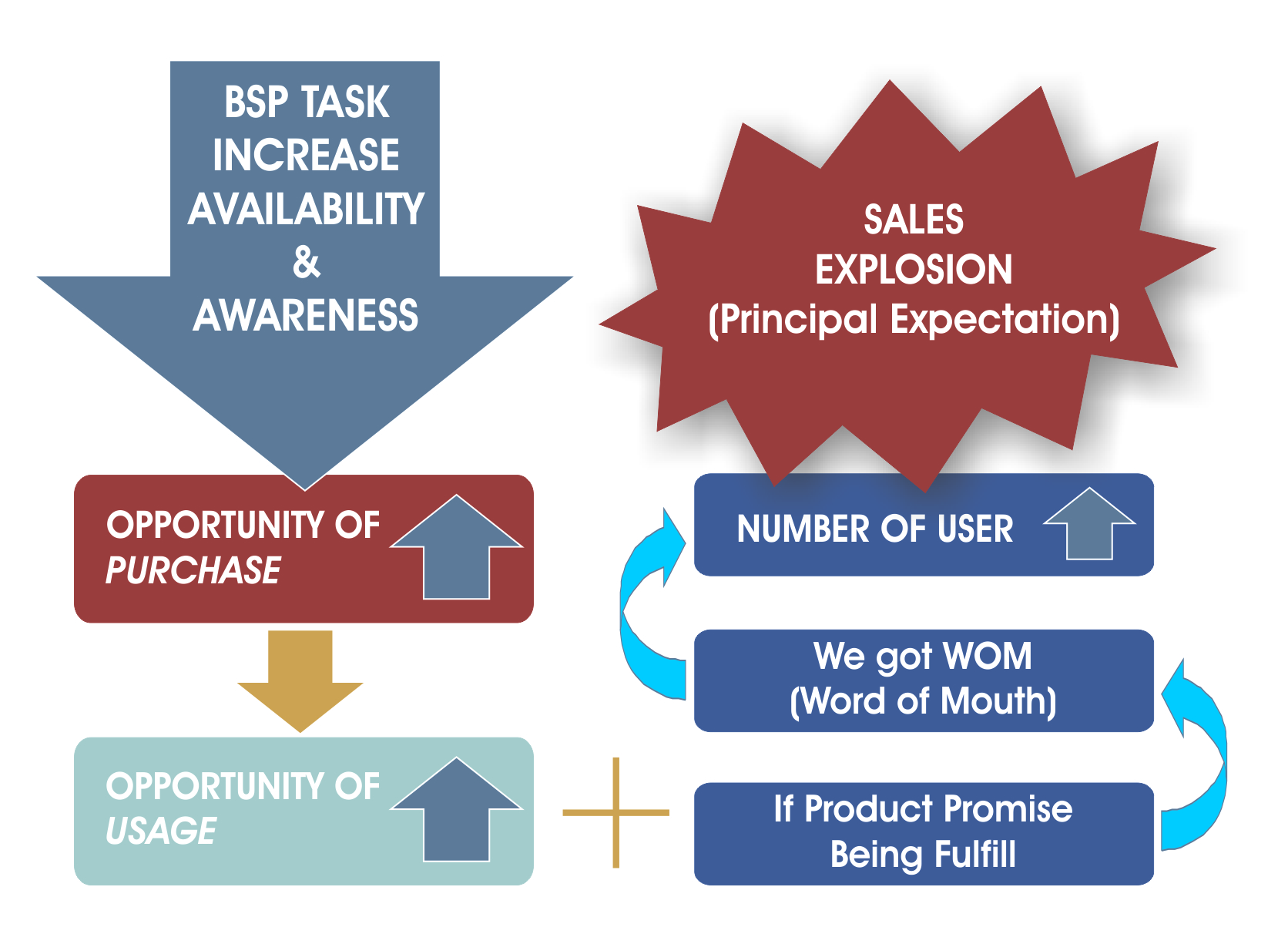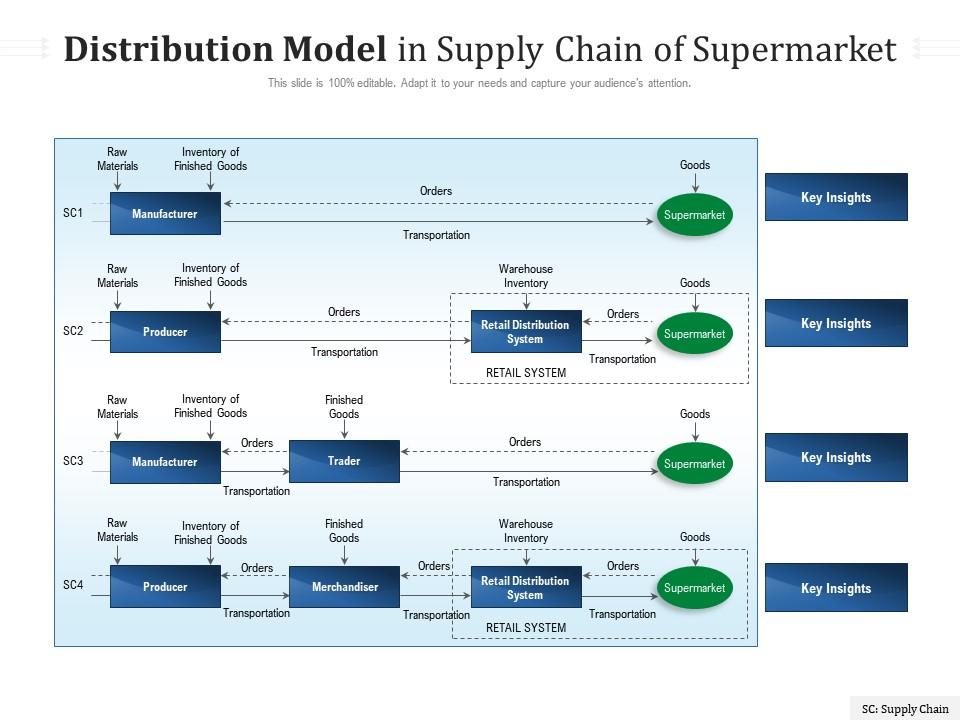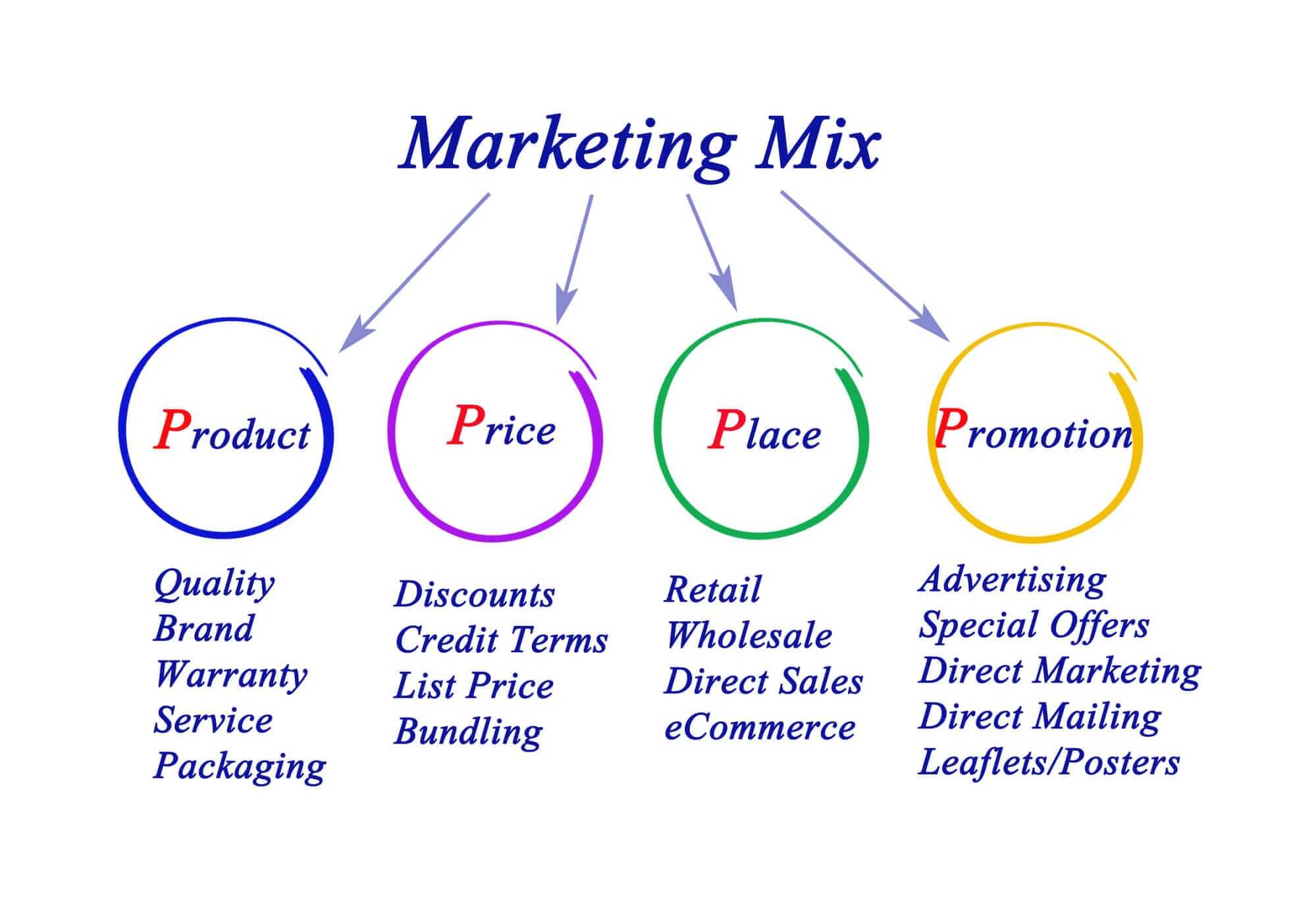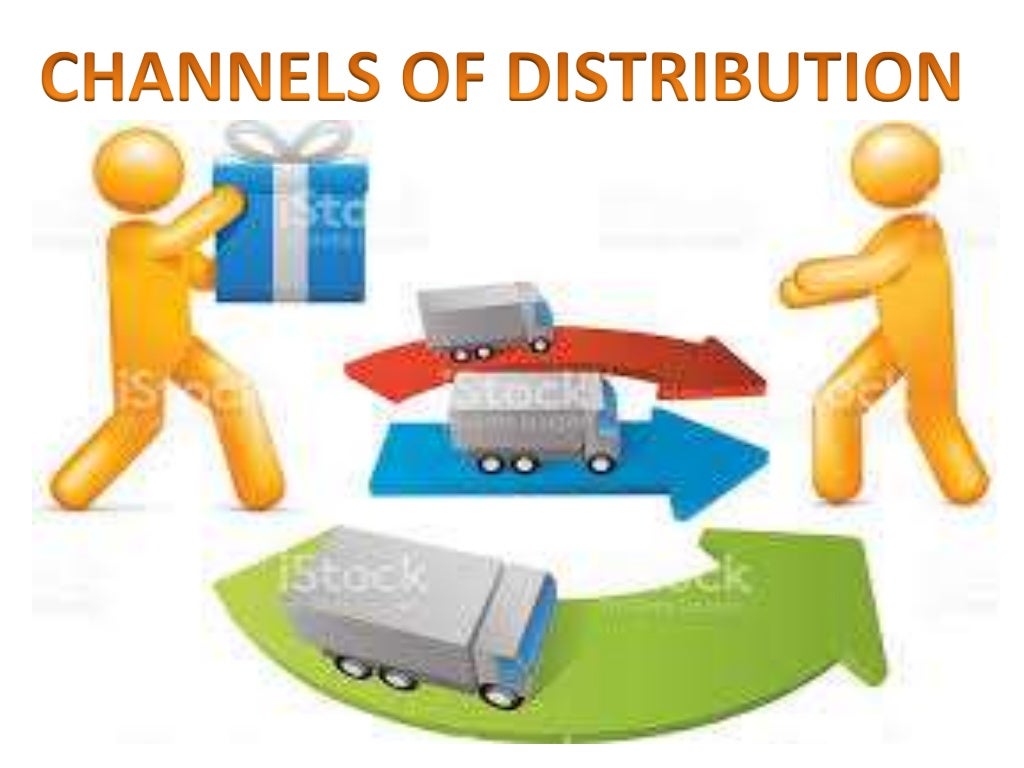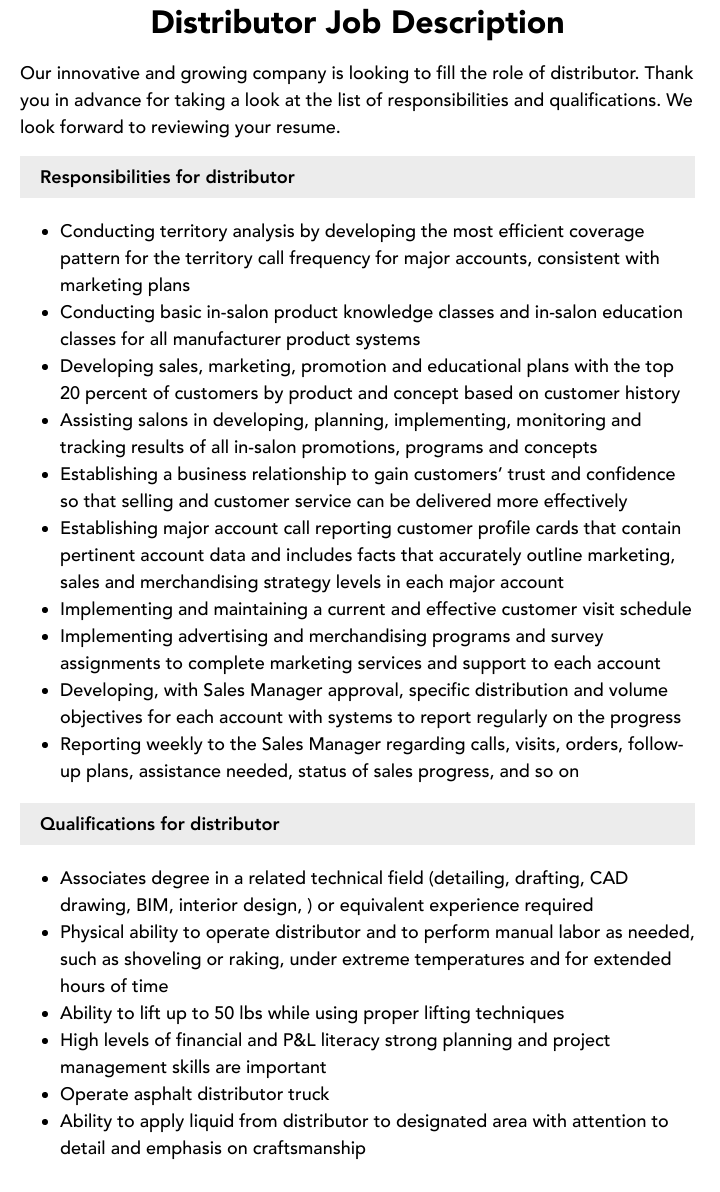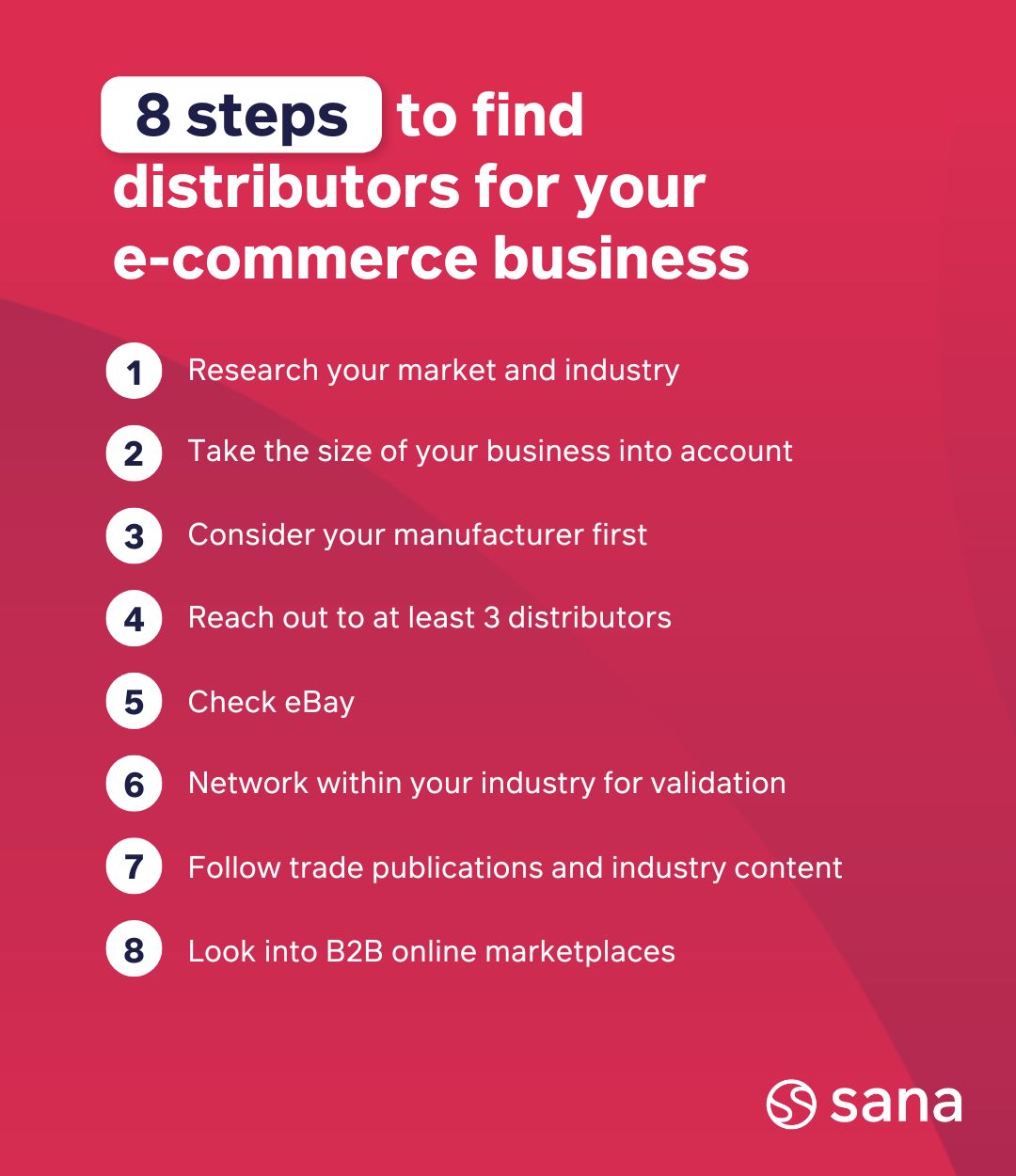What Is The Appropriate Description For A Distributorship
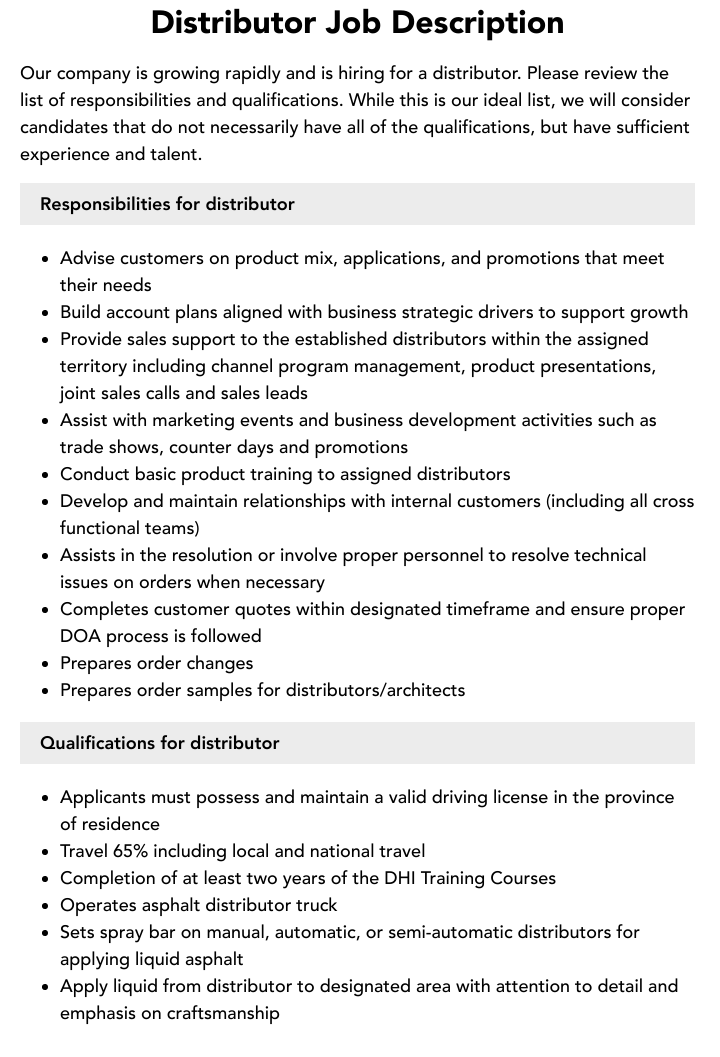
Imagine a bustling marketplace, vendors displaying their wares, each a small cog in a larger machine. But instead of merely selling, they are partners, invested in the success of the product itself. This image comes close to understanding the nuanced world of distributorships, a business model often misunderstood yet vital to the global economy.
The question of what exactly constitutes a distributorship is more complex than it initially appears. It’s more than just buying and selling; it’s a strategic alliance, a collaborative endeavor, and a pathway to mutual growth. This article delves into the heart of distributorships, exploring their diverse forms, significance, and the ongoing debate surrounding their best description.
Defining the Distributorship Landscape
At its core, a distributorship involves an agreement where a manufacturer or supplier (the franchisor) grants a distributor the right to sell their products within a specific geographic area. This is the basic definition, but the nuances are what truly matter.
Unlike a simple retailer who purchases goods and resells them, a distributor often takes on a more active role. They might provide local marketing support, customer service, and even technical assistance, acting as a vital bridge between the manufacturer and the end consumer.
Beyond the Basics: Exploring Different Models
The distributorship model isn’t a monolith. It manifests in various forms, each with its own set of characteristics and responsibilities. There are sole distributorships, exclusive distributorships, and non-exclusive agreements.
A sole distributorship grants one distributor exclusive rights within a defined territory. This arrangement fosters a strong partnership, as the distributor is deeply invested in maximizing sales in their region. Competition is eliminated within the region, incentivizing the distributor to promote the product vigorously.
An exclusive distributorship, similar to a sole arrangement, offers exclusivity, but it may come with stipulations, such as minimum sales quotas or specific marketing investments. The supplier commits to not directly selling to others in the distributor's territory.
In contrast, a non-exclusive distributorship allows the manufacturer to appoint multiple distributors in the same area. This increases market coverage but can also lead to price wars and reduced profit margins for each distributor.
The Significance of Distributorships
Distributorships play a critical role in the global economy. They facilitate market access for manufacturers, especially in regions where they lack the resources or expertise to establish a direct presence.
For small to medium-sized enterprises (SMEs), distributorships offer a viable path to expansion without incurring the heavy costs associated with setting up independent operations in new territories. They leverage the distributor's local knowledge and infrastructure.
Furthermore, distributors contribute to economic growth by creating jobs and supporting local communities. They often employ sales teams, service technicians, and administrative staff, boosting the regional economy.
Economic Impact and Data
While precise figures on the global distributorship market are difficult to pinpoint due to its fragmented nature, studies consistently highlight its significance. Reports from organizations like the Indian Brand Equity Foundation (IBEF), for example, often showcase the importance of distribution networks in sectors like pharmaceuticals and consumer goods in emerging markets.
The U.S. Census Bureau also collects data on wholesale trade, which includes a significant portion of distributorships, providing insights into their contribution to the national economy. These statistics demonstrate the sheer scale and economic impact of this business model.
The Ongoing Debate: What's the Best Description?
Despite its widespread use, the best way to describe a distributorship remains a subject of debate. Is it a simple supply chain relationship? A strategic partnership? Or something more nuanced?
Some argue that a distributorship is essentially a transactional relationship focused on the efficient movement of goods from manufacturer to consumer. This view emphasizes the contractual obligations and financial transactions involved.
Others see it as a more collaborative endeavor, highlighting the mutual benefits and shared risks. This perspective emphasizes the importance of trust, communication, and long-term commitment between the manufacturer and the distributor.
Expert Perspectives
Legal experts often define a distributorship based on the specific clauses of the distribution agreement. This includes defining the territory, the products covered, and the rights and responsibilities of each party. According to legal scholars, clear contractual language is essential to avoid disputes.
Business strategists often view distributorships as a strategic tool for market penetration and expansion. They emphasize the importance of selecting the right distributor based on their market knowledge, financial stability, and commitment to the brand. A strategic fit is paramount for success.
From a marketing perspective, a distributorship is an extension of the brand's presence in a local market. The distributor acts as the brand ambassador, responsible for promoting the product and maintaining its reputation. Local marketing and customer service are key.
Looking Ahead: The Future of Distributorships
The rise of e-commerce and direct-to-consumer (DTC) sales channels has introduced new challenges and opportunities for distributorships. Manufacturers are increasingly exploring online sales, potentially bypassing traditional distribution networks.
However, distributors can adapt by embracing digital technologies and offering value-added services that online channels cannot replicate. This includes providing personalized customer support, local expertise, and after-sales service. Adaptability is the key to survival.
Furthermore, distributorships can focus on niche markets and specialized products, where personal relationships and technical expertise are crucial. They can also collaborate with manufacturers to develop innovative marketing strategies and distribution models.
A Final Reflection
Ultimately, the most appropriate description for a distributorship is one that acknowledges its complexity and multifaceted nature. It's a business model that sits at the intersection of supply chain management, strategic partnerships, and local market expertise.
It’s a vital engine of economic growth, enabling manufacturers to reach new markets and creating opportunities for entrepreneurs and businesses around the world. As the business landscape continues to evolve, distributorships will undoubtedly adapt and remain a crucial component of the global economy.
Perhaps the best way to describe it is this: a symbiotic relationship built on trust, collaboration, and a shared commitment to success.

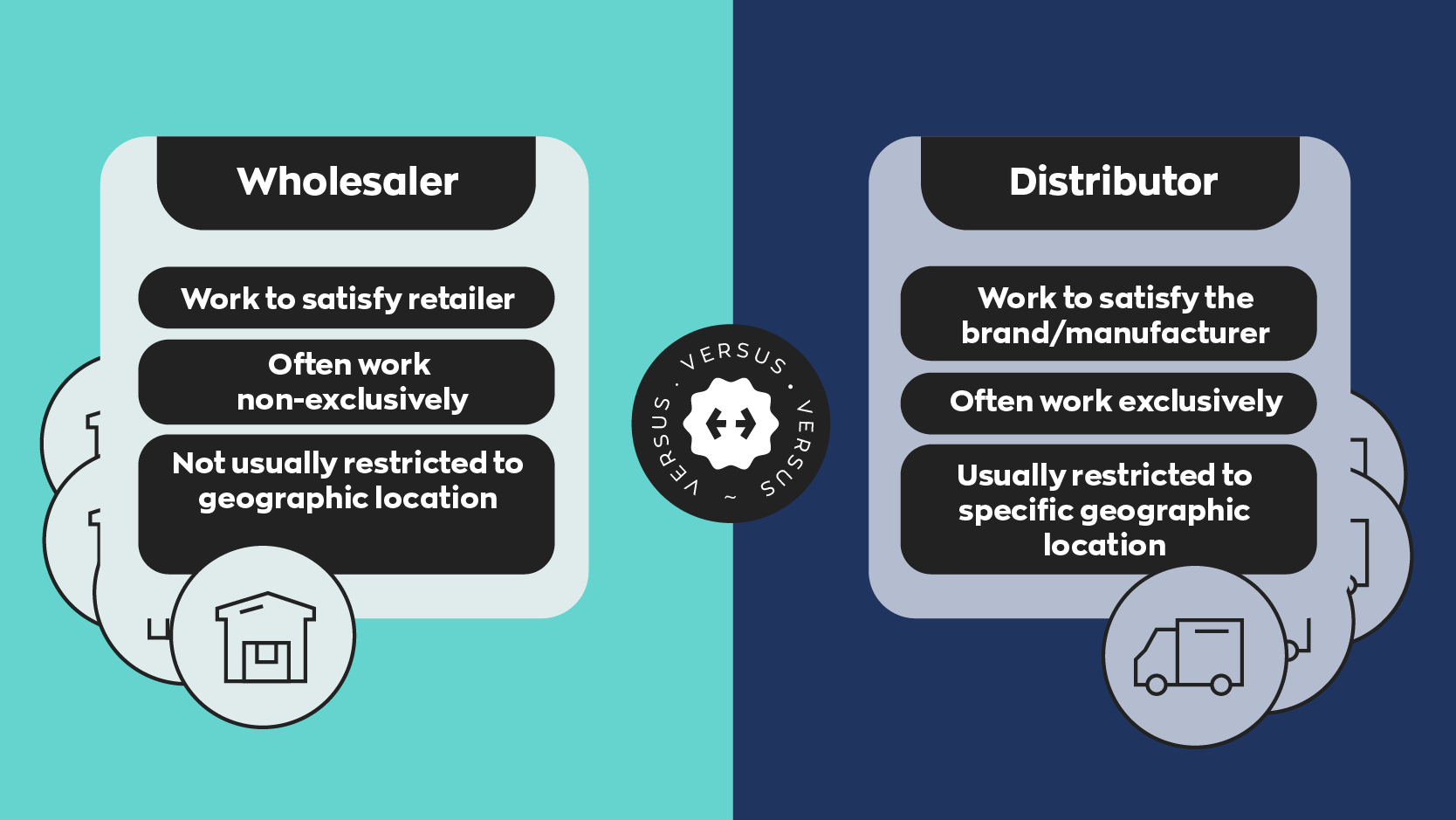




![What Is The Appropriate Description For A Distributorship Place: Distribution Channels | Introduction to Business [Deprecated]](https://s3-us-west-2.amazonaws.com/courses-images-archive-read-only/wp-content/uploads/sites/903/2016/02/23230705/Marketing-channel-graphic.png)
![What Is The Appropriate Description For A Distributorship Product Distribution Strategy: The Ultimate Guide [Infographic]](https://www.repsly.com/hs-fs/hubfs/Repsly Zg Files/General Images/Graph Elements/Distribution Channels/Channels 3B.png?width=1280&name=Channels 3B.png)

